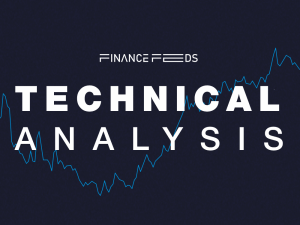ASIC outlines scope of product intervention power
The regulator is allowed to make an initial product intervention order for up to 18 months.

The Australian Securities & Investments Commission (ASIC) today published a guidance on how it will administer its product intervention power.
This power is one of several regulatory tools available to ASIC to improve consumer outcomes. It allows ASIC to temporarily intervene in a range of ways, including imposing a ban on certain financial and credit products when there is a risk of significant consumer detriment.
ASIC explains that it may make a product intervention order if it is satisfied that a product (or class of products) has resulted or is likely to result in significant consumer detriment.
In the case of financial products regulated by the Corporations Act, the product intervention power applies to those financial products that are, or are likely to be, available for acquisition by retail clients by way of issue. The power also applies to regulated sales of financial products, such as securities, interests in managed investment schemes, derivatives, insurance products, superannuation products and deposit-taking facilities.
The regulator can make a range of interventions in relation to a product (or class of products). For example, ASIC may:
- (a) order that a product (or class of products) only be offered by way of issue to specific classes of consumers;
- (b) order that a product (or class of products) only be offered by way of issue in specific circumstances- for example, through personal advice or through a deferred sales model;
- (c) order the amendment, restriction or banning of marketing, ‘choice architecture’, promotional and disclosure material relating to a product (or class of products);
- (d) order that a product (or class of products) not be distributed without prescribed improvements to the information provided to consumers;
- (e) order the amendment or banning of remuneration arrangements that are conditional on the achievement of objectives directly related to the product (or class of products) – for example, when remuneration is linked to product distribution;
- (f) order the banning of a feature of a product (or class of products), or order that the feature not be available unless it complies with specified criteria – for example, imposing leverage limits on a product (or class of products); or
- (g) order the banning of the issue of a product (or class of products).
The duration of a product intervention order will depend on the circumstances of the case. ASIC can make an initial order for up to 18 months from the date it comes into force. This can be extended or made permanent with the approval of the Minister.
The meaning of detriment is intended to take its ordinary meaning in the context of the new provision. However, it is intended to cover a broad range of harm or damage that may flow from a product. The harm or damage may arise from any number of sources associated with the product, including the product’s features, defective disclosure, poor design, or inappropriate distribution.
This could include harm that is financial in nature, such as actual or potential financial loss to consumers resulting from a product. It could also include harm that is non-financial in nature (e.g. the effect on a person’s credit rating). Detriment can also arise when consumers are sold a product that is misaligned with their needs, understanding or expectations, and that detriment arises even before that misalignment crystallises into some financial or other loss.
Regarding the meaning of “significant consumer detriment”, ASIC explains that, generally, this would require the detriment [or potential detriment] to be sufficiently great to justify an intervention, having regard to the circumstances of the case and the object of the intervention power.
ASIC has used its product intervention power to ban a short-term credit product. The Australian regulator has also consulted on the proposed use of its power regarding over-the-counter (OTC) binary options and CFDs.









